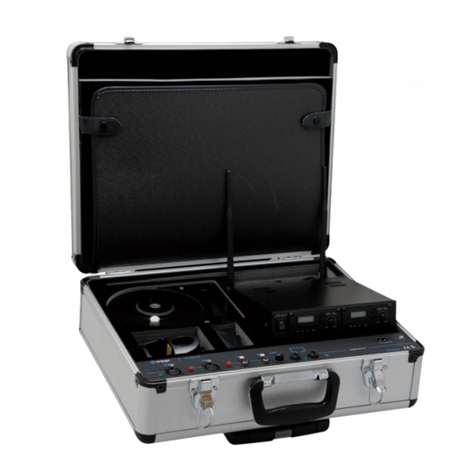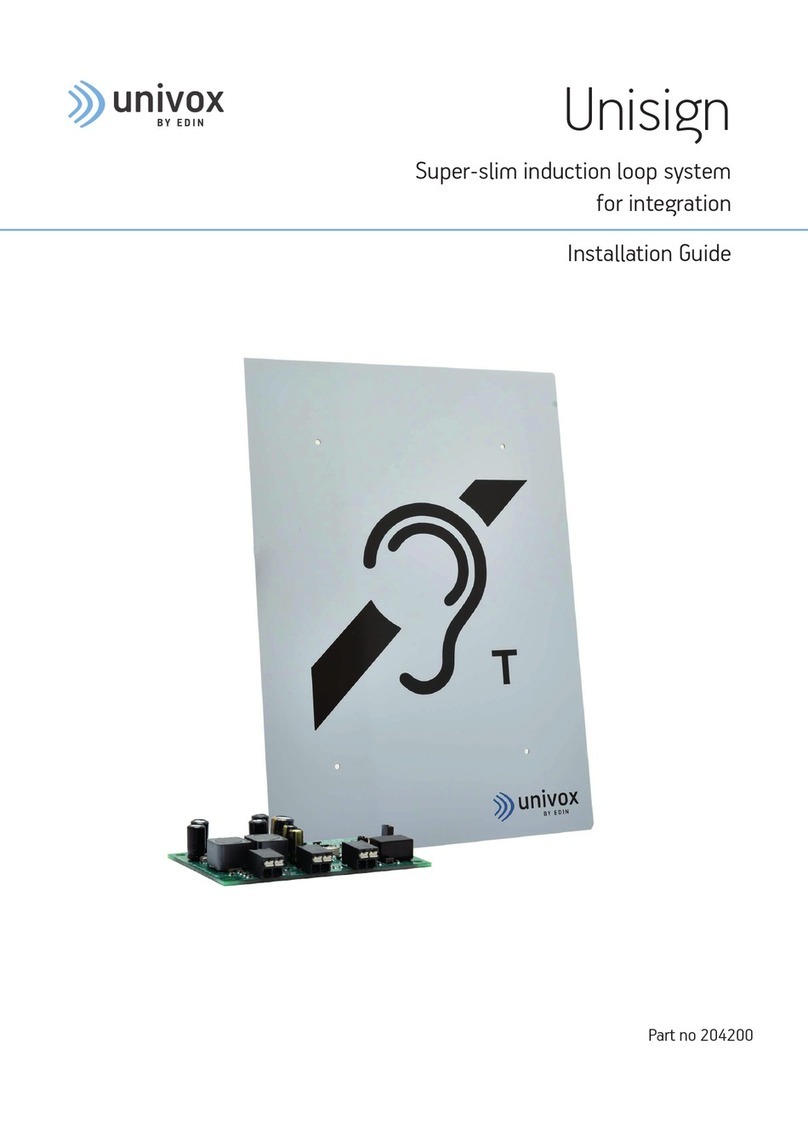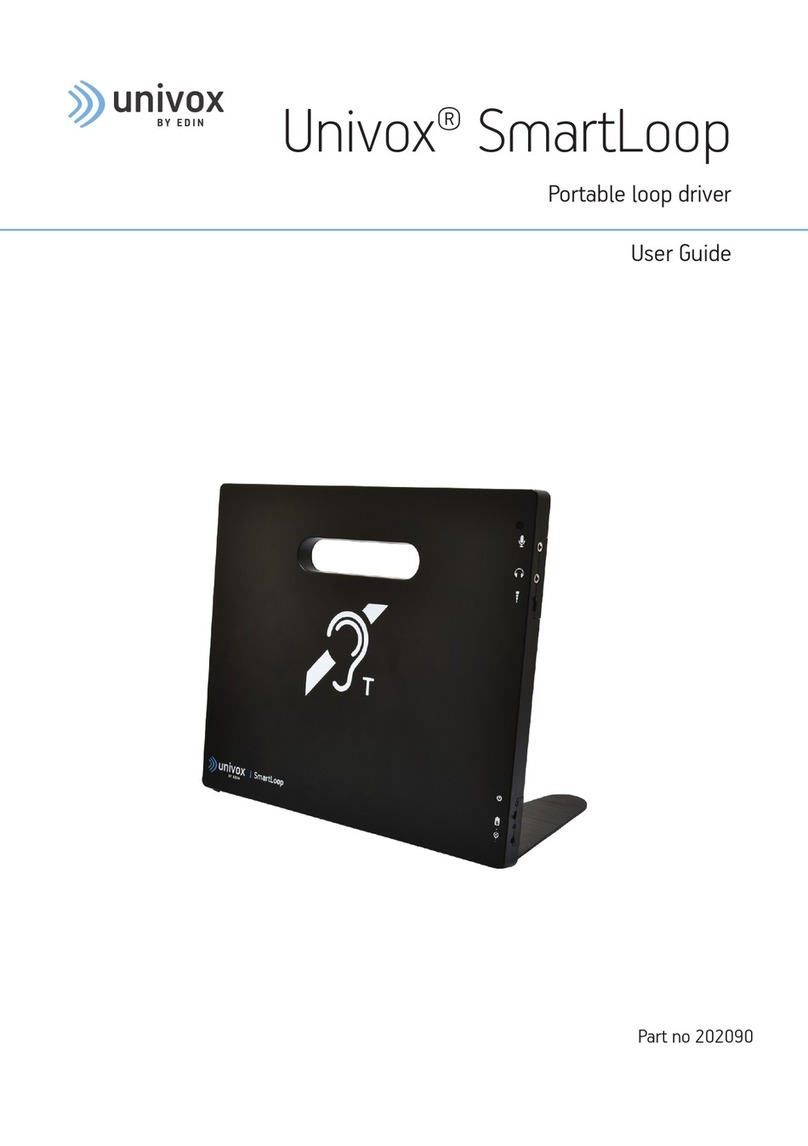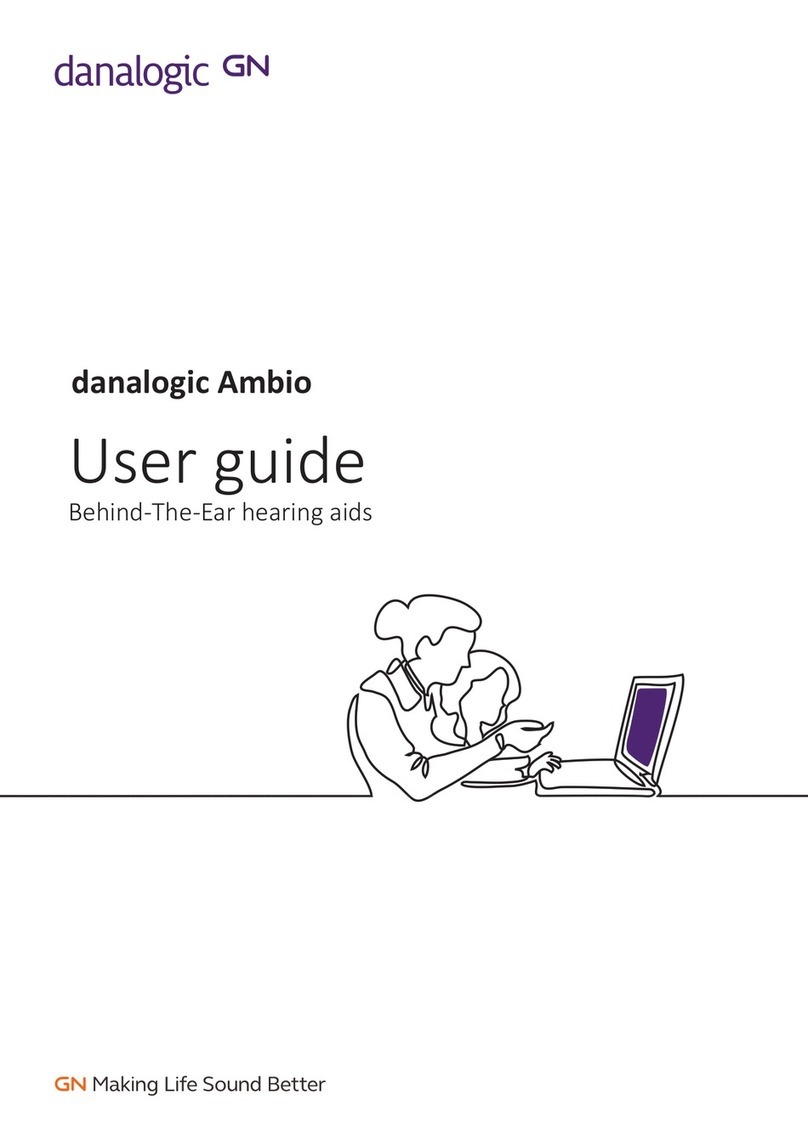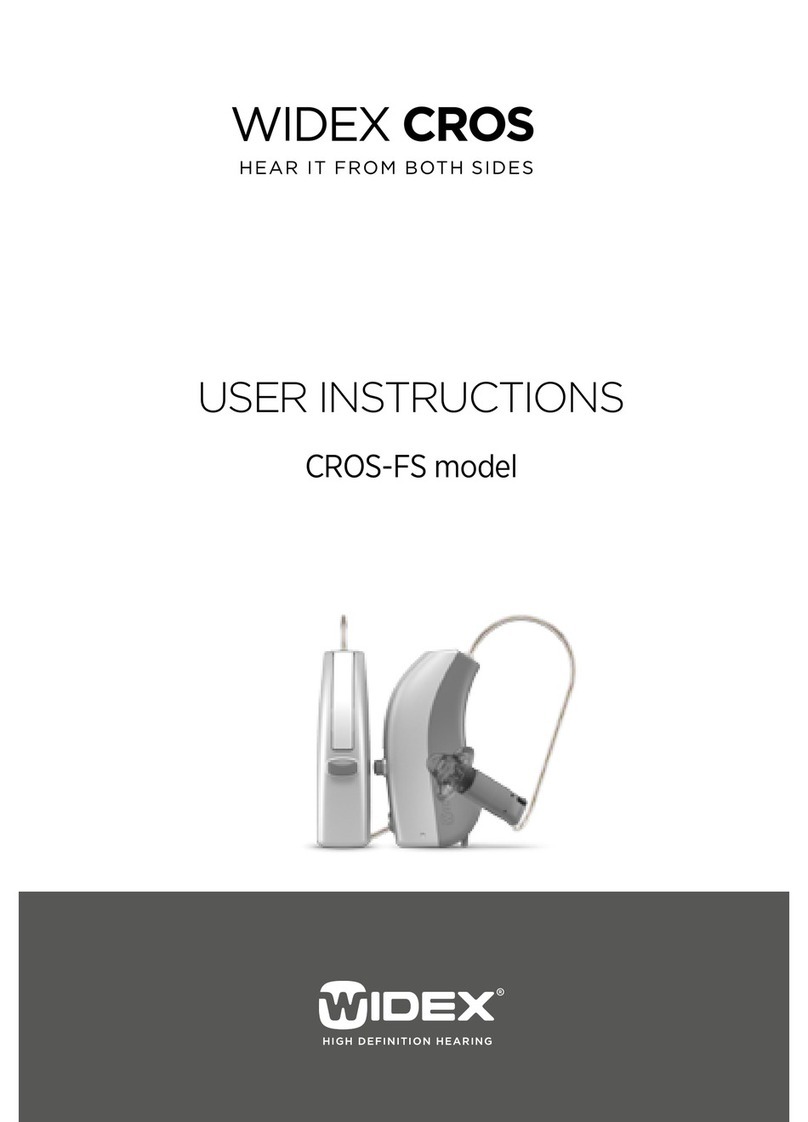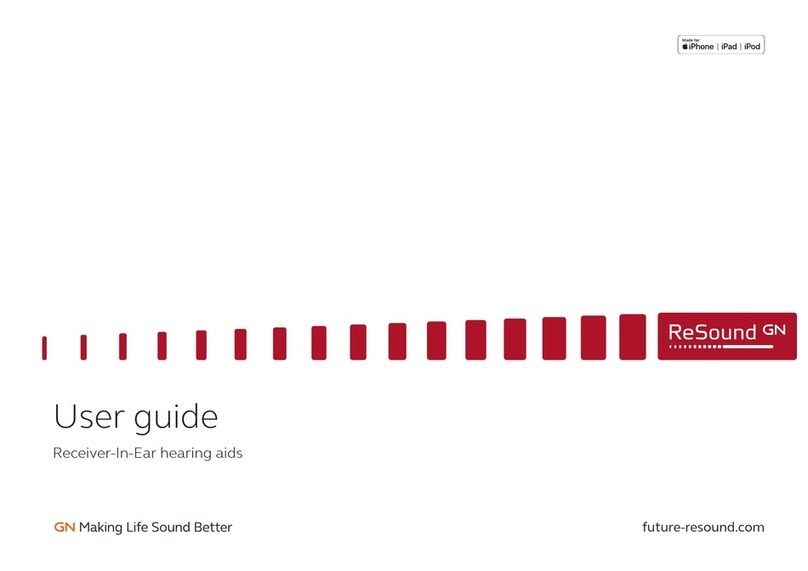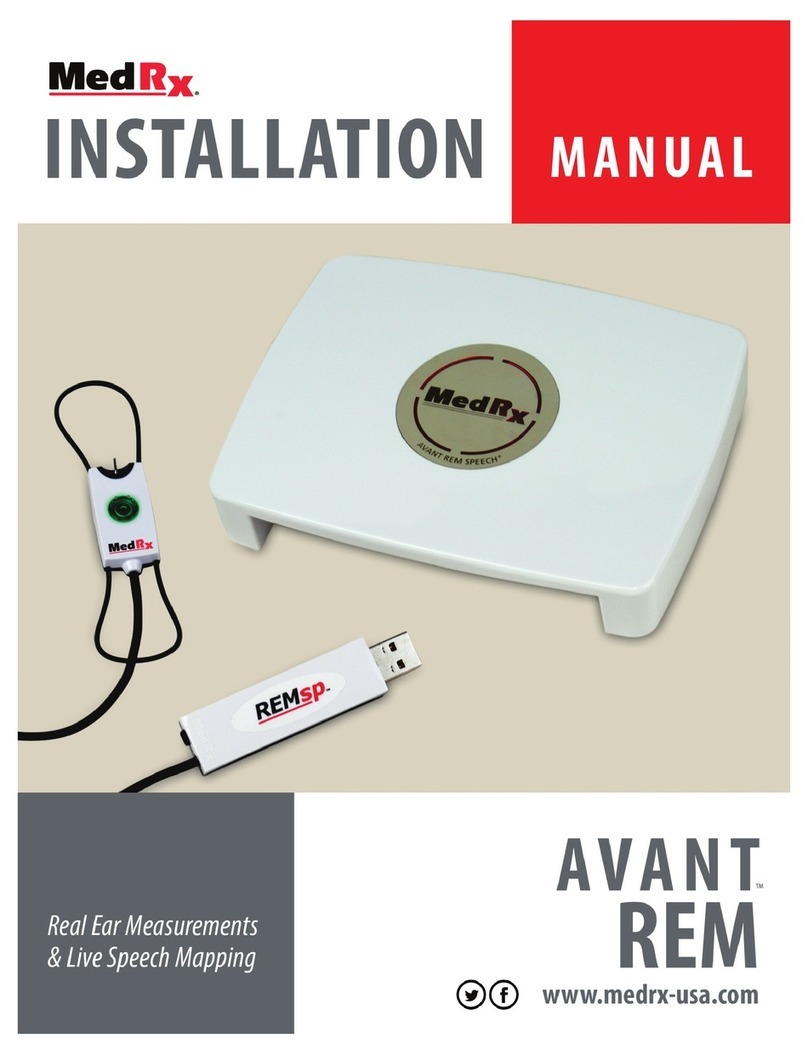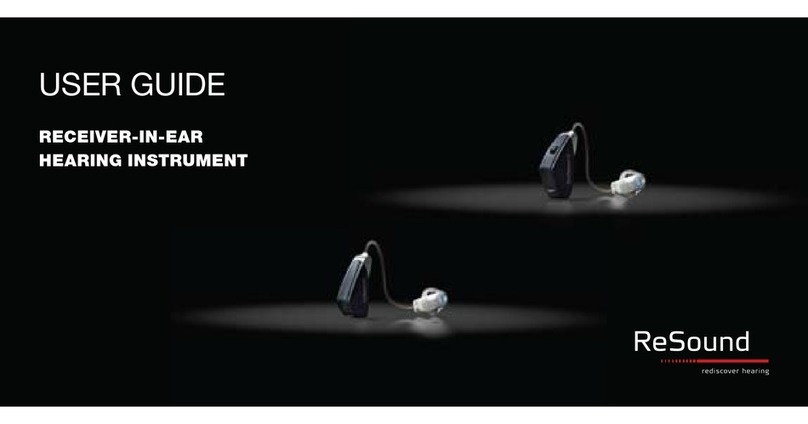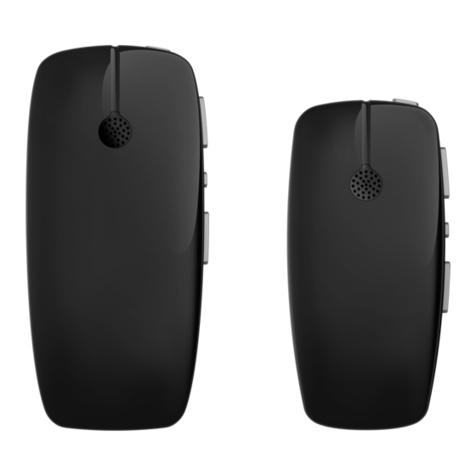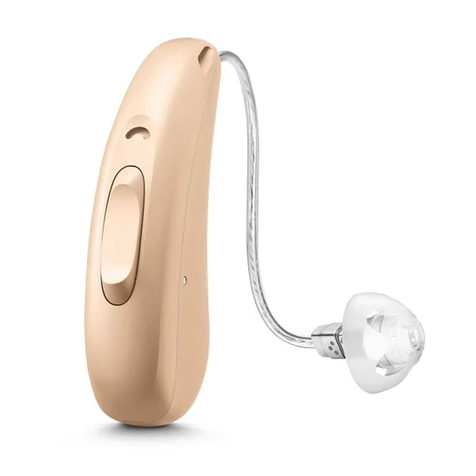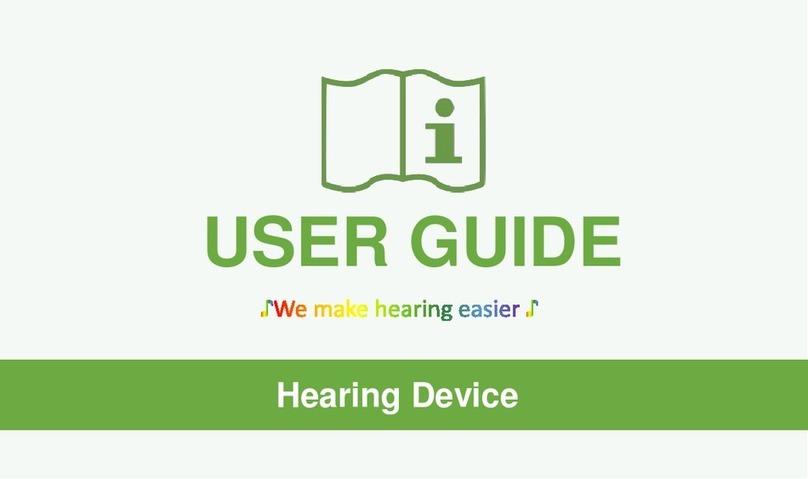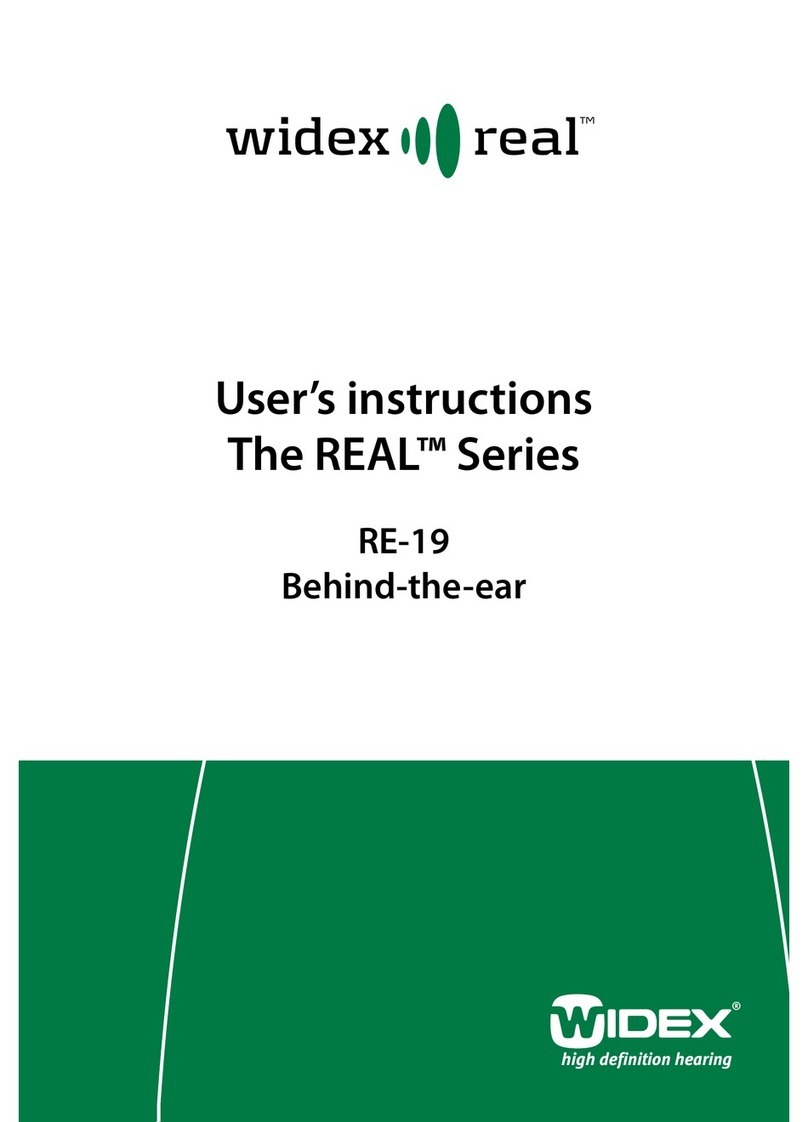Edin Univox CTC-system User manual

CTC-systems
Cross-The-Counter Loop System
Installation Guide

2

3
Contents
Introduction ............................................................................................................... 4
Univox® CLS-1 loop driver ............................................................................................ 5
CTC-120 with glass/wall microphone – installation guide .................................. 6
CTC-121 with goose neck microphone – installation guide................................. 8
Troubleshooting............................................................................................................10
Measuring devices........................................................................................................10
Univox® Listener
Univox® FSM, field strength meter
Safety and warranty.....................................................................................................11
Maintenance and care.................................................................................................11
Service .............................................................................................................11
Trouble shooting...........................................................................................................11
Environment .............................................................................................................11
The Installation Guide is based on the information available at the time of
printing and are subject to change without notice.

4
Introduction
CTC Cross-The-Counter systems are complete systems for equipping reception desks
and counters with an induction loop. The system consists of a loop driver, a loop pad, a
microphone and a wall holder. Installed in a reception desk or counter, the system gives
hearing hearing aids users the possibility to communicate with the staff behind the desk
with greatly enhanced speech perception.
The system is always activated and no special preparations have to be undertaken,
neither by the hearing impaired nor by the staff. The only requirement for the hearing aids
user is to put their hearing aids in T-position and for the staff to speak normally into the
microphone.
All Univox® drivers have a very high output current capability resulting in powerful and
secure products fulfilling existing standards, IEC 60118-4.
Thank you for having chosen a Univox® product.
Univox CTC-120
Univox CLS-1 loop driver
Univox 13V microphone for glass/wall
Loop pad, Sign/label with T-symbol 80 x 73 mm
Wall holder for loop driver
Part No: 202040A (EU) 202040A-UK 202040A-US 202040A-AUS
Univox CTC-121
Univox CLS-1 loop driver
Univox M-2 goose neck microphone
Loop pad, Sign/label with T-symbol 80 x 73 mm
Wall holder for loop driver
Part No: 202040B (EU) 202040B-UK 202040B-US 202040B-AUS

5
Univox® Compact Loop System CLS-1
Input signal
indicator
Power input
T-symbol label
AVLM5 microphone
for glass or wall
Headphones
input
Loop pad
input
Wall holder
for loop driver
Loop pad
M-2
gooseneck
microphone
Room loop input
Line input Mic/Line
input
Microphone
sensitivity
control
Microphone
input
Bass
control
Treble
control
Volume
control
Loop current
indicator
Main power
indicator

6
Installation guide for CTC-120
with microphone for glass or wall
Figure 1
Installation and commissioning
1. Choose a suitable place for the loop driver. Consider that the loop pad, the microphone
and the loop driver’s power supply will be connected to the driver. If needed, attach the
wall holder facing upwards on the selected spot.
2. Choose a suitable location for the microphone. It can be placed on a wall or on glass.
When choosing a place for the microphone, consider that the staff shall be able to
stand or sit and talk in a normal, relaxed way with the listener. An example of how the
system can be laid out, see fig. 1. Place the microphone cable under the desk in such a
way that it will reach to where the loop driver/wall holder is mounted. The microphone
cable is 1.8 meters.
3. Mount the loop pad under the reception desk. The loop pad should be attached in the
angle between the front and the upper part of the reception desk as shown in fig.1 and
2. This will ensure a constant field distribution with the right direction and also allow
hearing aid users to tilt their head forwards, for example when writing. When mounting
the pad (be careful not to damage the loop cables inside the pad), place the loop pad
cable in such a way that it will reach the loop driver/wall holder. The loop pad cable is
10 meters.
Microphone
Loop pad
Power supply
connected to mains
Wall holder and
loop driver

7
Figure 2
4. Connect the cables power supply, loop pad and microphone, see page 5. If the wall
holder is being used, run the cables from the loop driver’s power supply, loop pad and
microphone through the wall holder from underneath. Place the driver in such a way
that the connector side is facing down and you can read the text on the front of the
driver in the right direction. Connect all three cables, see page 5. Finally, lower the
driver into the wall holder and connect the power supply to mains.
5. When all connections are completed correctly the LED-indicator for mains power on the
right hand side of the front of the driver shall light up. The system is now ready to be
used.
6. The loop current is adjusted by turning the volume control at the front of the driver.
Verify the loop level/volume with a Univox® Listener. Bass and treble controls shall only
be adjusted in exceptional cases.
Microphone
Place the loop pad in the angle
between the front and the upper part
under the reception desk.
Placing the loop pad in the highest
position possible ensures a stronger
magnetic field and thus gives better
speech perception for hearing aid users

8
Installation guide CTC-121
with gooseneck microphone
Figure 3
The system is always activated and no special preparations have to be undertaken,
neither by the hearing impaired nor by the staff. The only requirement for hard of hearing
people is to put their hearing aids in T-position and for the staff to speak normally into the
microphone.
Installation and commissioning
1. Choose a suitable place for the loop driver. Consider that the loop pad, the microphone
and the loop driver’s power supply shall be connected to the driver. If needed, attach
the wall holder facing upwards on the selected spot.
2. Choose a suitable place for the microphone. It can be placed on a desk or a table.
When choosing the place for the microphone, consider that the staff shall be able to
stand or sit and talk in a normal, relaxed way with the listener. An example of how the
system can be laid out, see Pic. 3. Place the microphone cable under the desk in such
a way that it will reach the place where the loop driver/wall holder is mounted. The
microphone cable is 1.5 meters.
3. Mount the loop pad under the reception desk. The loop pad should be attached in the
angle between the front and the upper part of the reception desk as shown in fig. 3 and
4. This will ensure a constant field distribution with the right direction and also allow
Microphone
Alternative
placement of
loop pad
Power supply
connected to mains
Wall holder and
loop driver

9
hearing aid users to tilt their head forwards, for example when writing. When mounting
the pad (be careful not to damage the loop cables inside the pad), place the loop pad
cable in such a way that it will reach the loop driver/wall holder. The loop pad cable is
10 meters.
4. Connect the cables power supply, loop pad and microphone, see page 5. If the wall
holder is being used, run the cables from the loop driver’s power supply, loop pad and
microphone through the wall holder from underneath. Place the driver in such a way
that the connector side is facing down and you can read the text on the front of the
driver in the right direction. Connect all three cables, see page 5. Finally, lower the
driver into the wall holder and connect the power supply to mains.
5. When all connections are completed correctly the LED-indicator for mains power on the
right hand side of the front of the driver shall light up. The system is now ready to be
used.
6. The loop current is adjusted by turning the volume control at the front of the driver.
Verify the loop level/volume with a Univox® Listener. Bass and treble controls shall only
be adjusted in exceptional cases.
Figure 4
The loop pad can be placed either
under the top of the desk or under
the top of the reception table.
Placing the loop pad in the highest
position possible ensures a stronger
magnetic field and thus gives better
speech perception for hearing aid
users
Microphone

10
Troubleshooting
Verify the control LEDs following the instructions in this installation guide. Use Univox®
Listener to check the sound quality and basic level of the loop. If the loop driver does not
perform satisfactory, check the following:
• Does the mains power indicator light? If not, maek sure that the transformer is
correctly connected to the power outlet and to the driver.
• Is the loop current indicator lit? This is a guarantee that the system works. If not, check
that the loop pad is not broken and correctly connected, and make sure to check all
other connections.
• Attention! If headphones are connected the loop current indicator is disabled.
• The loop current indicator lights but there is no sound in the hearing aid/headphones:
check that the M-T-O switch of the hearing aid is in T or MT mode. Also check the status
of your hearing aid batteries.
• Bad sound quality? Adjust the loop current, bass and treble controls. Bass and treble
adjustment should normally not be needed.
Make sure that Listener is turned on (red LED flashes). If not, change the batteries. Please
make sure that the batteries are inserted correctly. If the loop receiver sound is weak,
make sure that Listener is hanging/hold in vertical position. Adjust volume if necessary.
Weak signal might indicate that the loop system doesn’t comply with the international
standard IEC 60118-4.
Should the system not work aer having made the product test as described above, please
contact your local distributor for further instructions.
Measuring devices
Univox® FSM Basic, Field Strength Meter
Instrument for professional measurement and
control of loop systems according to IEC 60118-4.
Univox® Listener
Loop receiver for fast and simple check of the
sound quality and basic level control of the loop.
Univox® Listener
Univox® FSM Basic

11
Safety and warranty
Basic knowledge in audio and video installation techniques is required to achieve existing
regulations. The installer is responsible for the installation hereby avoiding any risk or
cause of fire. Please note that the warranty is not valid for any damage or defects on the
product due to incorrect or incautious installation, usage or maintenance.
Bo Edin AB shall not be held responsible or liable for interference to radio or TV equipment,
and/or to any direct, incidental or consequential damages or losses to any person or
entity, if the equipment has been installed by unqualified personnel and/or if installation
instructions stated in the product Installation Guide have not been strictly followed.
Maintenance and care
Under normal circumstances Univox® loop drivers do not need any special maintenance.
Should the unit become dirty, wipe it with a clean damp cloth. Do not use solvent or strong
detergents.
Service
Should the product/system not work aer having made the product test as described
above, please contact the local distributor for further instructions. If the product should
be sent to Bo Edin AB, please enclose a filled Service Form available at www.univox.eu/
support.
Technical data
For additional information, please refer to product data sheet/brochure and CE certificate
which can be downloaded at www.univox.eu/downloads. If required other technical
Environment
When this system is finished with, please follow existing disposal regulations. Thus if you
respect these instructions you ensure human health and environmental protection.

12
ctc-ig-gb-221003 Copyright © Bo Edin AB
Deliveries Förrådsvägen 2B, 181 41 Lidingö Web: www.univox.eu
Hearing excellence since 1965
Univox by Edin, the world’s leading expert and producer of high quality hearing loop
systems, created the very first true loop amplifier 1969. Ever since our mission is to
serve the hearing community with the highest degree of service and performance with
strong focus on Research and Development for new technical solutions.
This manual suits for next models
3
Table of contents
Other Edin Hearing Aid manuals
